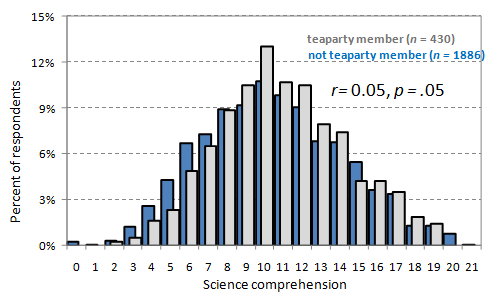I wouldn’t have expected such a fair piece from Slate, but this article about a hypothetical alternate universe where the Tea Party is in charge and Rand Paul is President is really useful for understanding some of the basic beliefs and aspirations of the Tea Party. Here’s a sample:
Deep divisions notwithstanding, there are a number of principles that unite the movement. The most important of them is a devotion to subsidiarity, which holds that power should rest as close to ordinary people as possible. In practice, this leads Tea Party conservatives to favor voluntary cooperation among free individuals over local government, local government over state government, and state government over the federal government. Teatopia would in some respects look much like our own America, only the contrasts would be heightened. California and New York, with their dense populations and liberal electorates, would have even bigger state governments that provide universal pre-K, a public option for health insurance, and generous funding for mass transit. They might even have their own immigration policies, which would be more welcoming toward immigrants than the policies the country as a whole would accept.
I don’t consider myself a Tea Partier, but I have been to one rally (it was fun) and I’m sympathetic to a lot of the sentiments and principles that animate the movement. From my standpoint, this article is definitely worth the read if you want to understand a little bit more about it.



